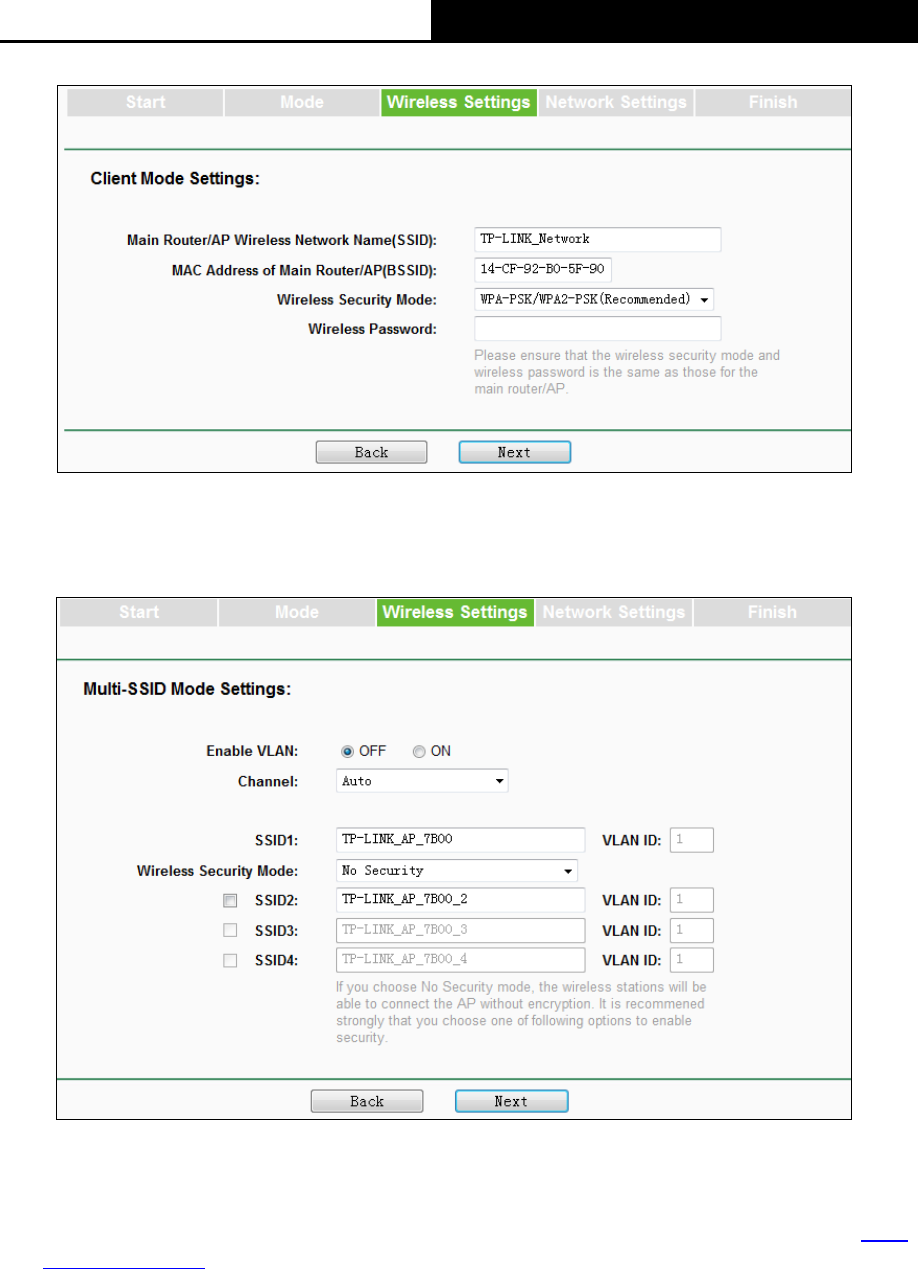User's Manual
Table Of Contents
- 组合 4.pdf
- 组合 2.pdf
- TL-WA801ND UG.pdf
- Package Contents
- Chapter 1 Introduction
- Chapter 2 Hardware Installation
- Chapter 3 Quick Installation Guide
- Chapter 4 Configure the Device
- Appendix A: Application Example
- Appendix B: Factory Defaults
- Appendix C: Troubleshooting
- Appendix D: Specifications
- Appendix E: Glossary
- RF Exposure Information
- TL-WA801ND UG.pdf
- RF Exposure Information
- 组合 2.pdf
- TL-WA801ND IC UG
- 组合 2
- TL-WA801ND UG.pdf
- Package Contents
- Chapter 1 Introduction
- Chapter 2 Hardware Installation
- Chapter 3 Quick Installation Guide
- Chapter 4 Configure the Device
- Appendix A: Application Example
- Appendix B: Factory Defaults
- Appendix C: Troubleshooting
- Appendix D: Specifications
- Appendix E: Glossary
- RF Exposure Information
- TL-WA801ND UG.pdf
- TL-WA801ND UG.pdf
- Package Contents
- Chapter 1 Introduction
- Chapter 2 Hardware Installation
- Chapter 3 Quick Installation Guide
- Chapter 4 Configure the Device
- Appendix A: Application Example
- Appendix B: Factory Defaults
- Appendix C: Troubleshooting
- Appendix D: Specifications
- Appendix E: Glossary
- 组合 2

TL-WA701ND/TL-WA801ND/TL-WA901ND
Wireless N Access Point User Guide
14
Figure 3-11 Wireless Setting – Client mode
E. When you choose Multi-SSID mode, the Wireless Settings page will be shown in Figure
3-12.
Figure 3-12 Wireless Setting – Multi-SSID mode
You are suggested to implement Multi-SSID function with a switch that supports Tag VLAN
feature.
For advanced configuration of this step, please refer to explanations of this mode in
4.6.1
Wireless Settings.
6. When you have configured Wireless Settings in step 4, The Network Settings page will
appear then, shown in Figure 3-13. It is recommended that you keep the default settings on
this page.










